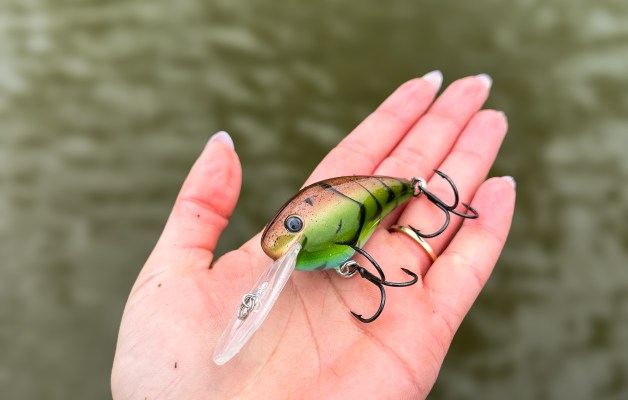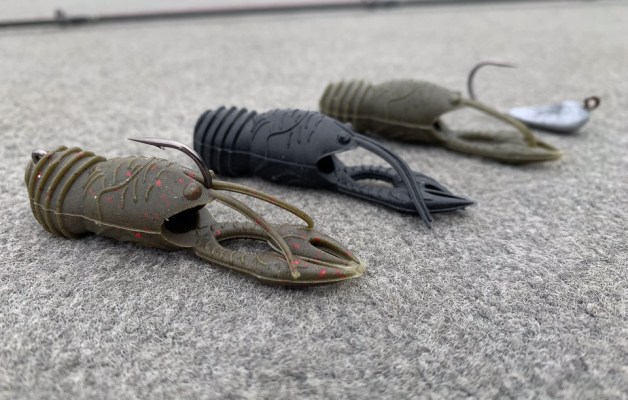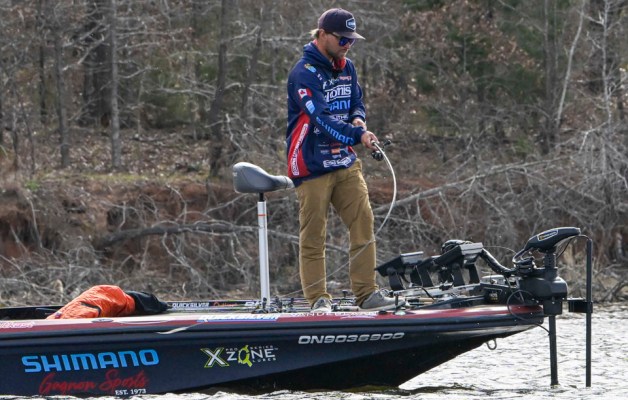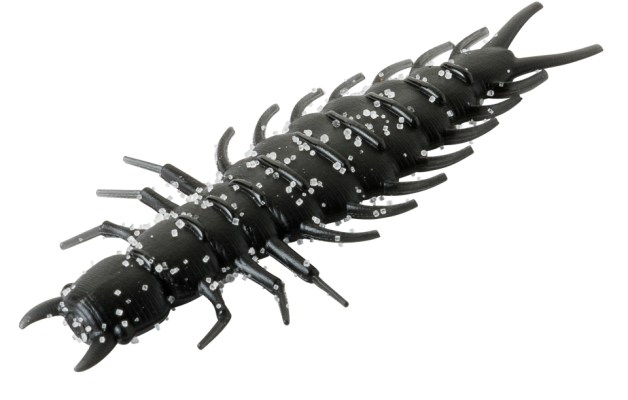
How you handle your outboard in the winter depends to a large extent on how you use it. If you occasionally fish when it’s warm, that’s one thing. If you let it sit for three or four months, that’s another.
Industry experts say that for the occasional user the two big things are proper warmups and keeping water out of the lower unit.
Proper warmup
Experts define proper warmup as letting your motor run at idle for a few minutes before you blast off towards your favorite fishing hole. You want the thermostat to open and water to run through the system so that the motor is being cooled properly. You’ll know this is happening if water is running out of the telltale port (pee hole).
What happens when you blast off too quick is that the motor gets hot and then when the thermostat opens the cooling system pushes cold water against hot metal.
Do not run the motor if the telltale port isn’t peeing water after a minute or two. That’s an indication that something is wrong. Have it checked out by someone who knows what they’re doing.
Keeping water out
Keeping water out of the lower unit is easy enough if you trim the motor down and let it drain before you leave the ramp, and if you always store the motor trimmed vertical. Getting all the water out is simple if you just look around for a pothole in the gravel, asphalt or concrete and position the motor over it before you hit the trim button. That’ll open up enough room to get the motor all the way down.
Do not, under any circumstances, run your motor dry to get the water out of it. It only takes a few seconds to overheat one, and once that happens you’ll need to check your bank balance and head towards the local dealership with your hat in your hand.
Another common problem with running outboards dry is that the impeller gets damaged by the heat. It doesn’t always show up right away, but it will show up sometime in the future.
If you store your boat outside, some experts recommend wrapping the lower unit with plastic as an extra protection against the weather. If you do this, make sure it’s tight. Otherwise you could actually trap water around the lower unit and make matters worse.
Storage tips
The situation is more complicated if your boat is going to sit all winter. There are all types and designs, makes and models of outboards. Each one is different, and the new outboards are very different from the older ones. Some require fogging and removal of the plugs. Others require nothing more than what was described above for occasional use.
The thing here is to get accurate information about your exact motor. A good place to start is the internet, but make sure you know what site you are on and who’s providing the information. Manufacturer sites are reliable and will give you good information. Be wary of discussion boards and private sites, however. Some of the stuff that’s posted on them is good, but much of it is nothing short of crazy. Unfortunately, a lot of the time it’s hard to tell the difference.
You’ll also want to check with a local dealer who has a good reputation and who services your make of motor. They’ll be able to give you good information and will have whatever parts or products you need to properly winterize your motor.
Of course, you’ll need to drain all the water out of your lower unit, make sure it’s full of grease — never store one empty — and store it in the vertical position.
If you take care of your outboard, it’ll give you hundreds and hundreds of hours of reliable service. If you don’t, it’ll frustrate you and make your fishing a chore instead of a pleasure.
Editor’s note: More on winterizing – The fuel system; The hull and trailer




